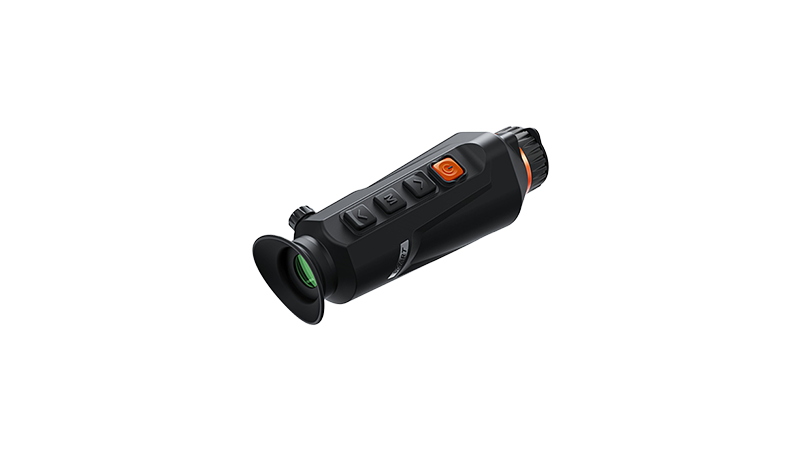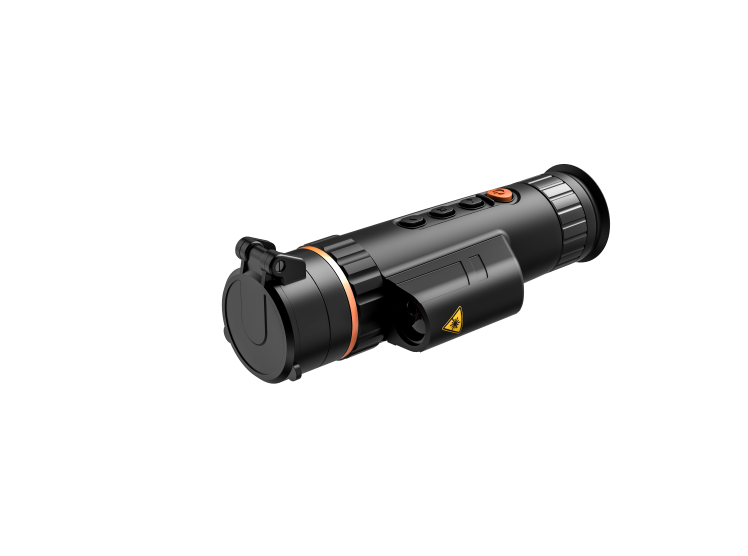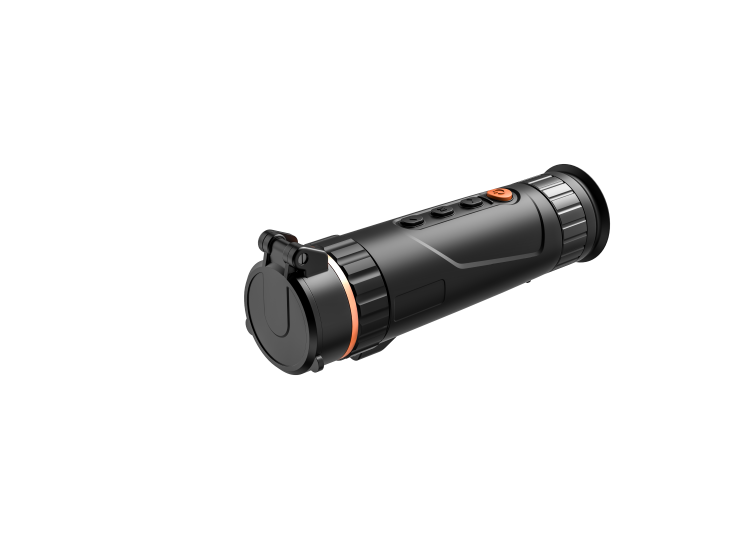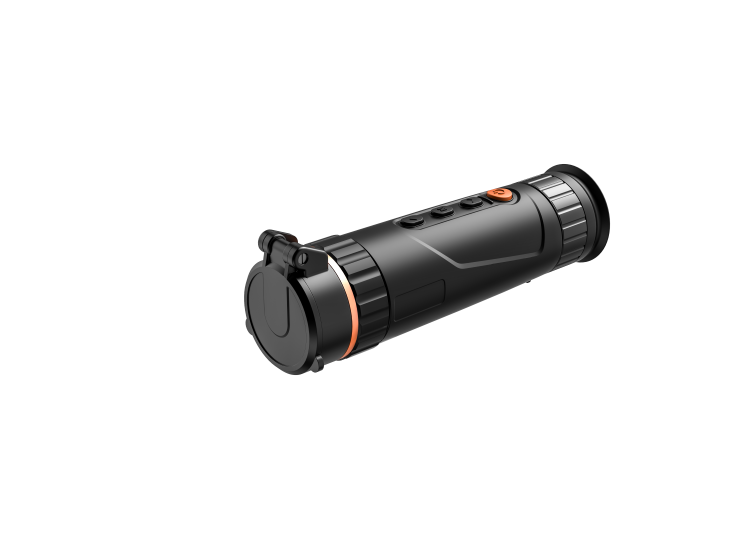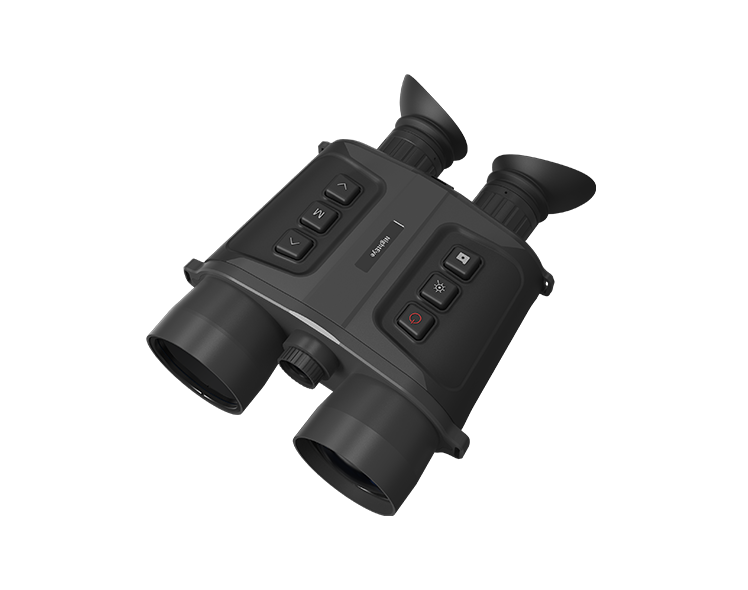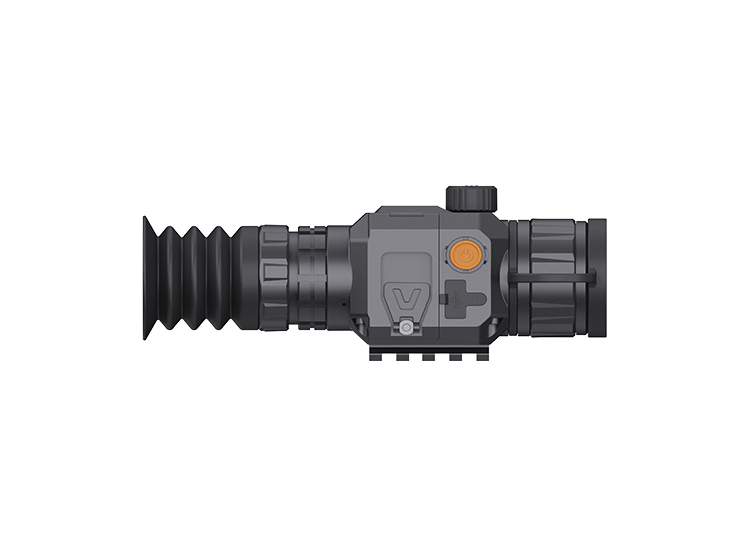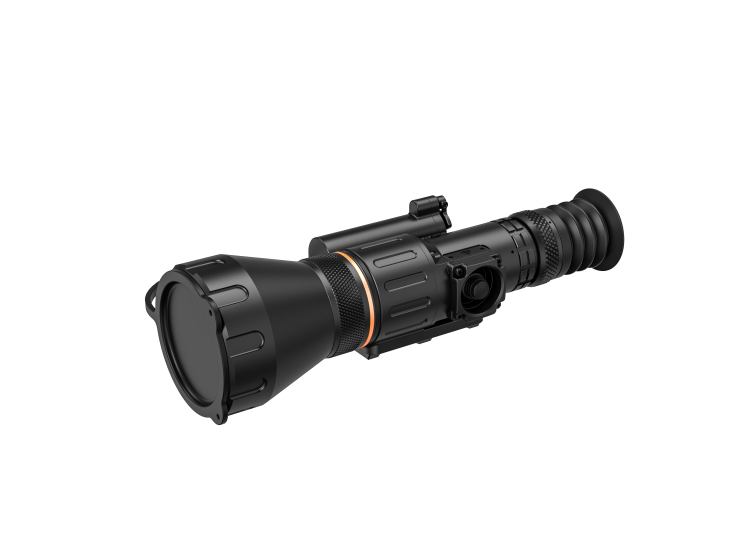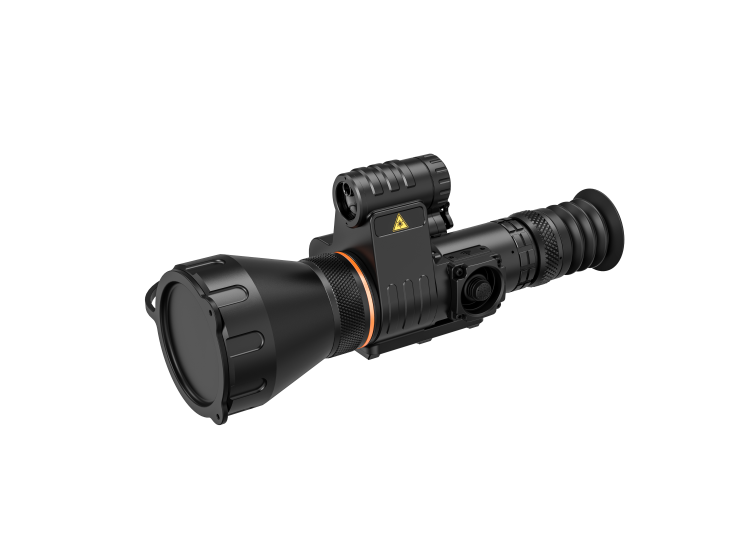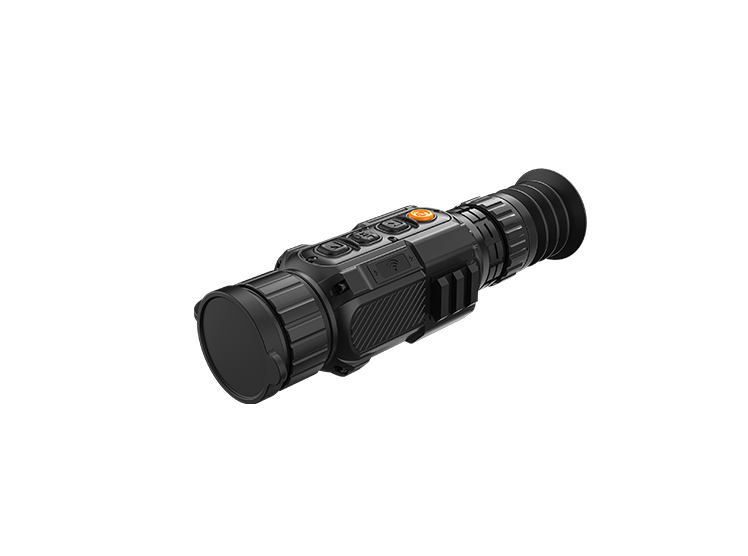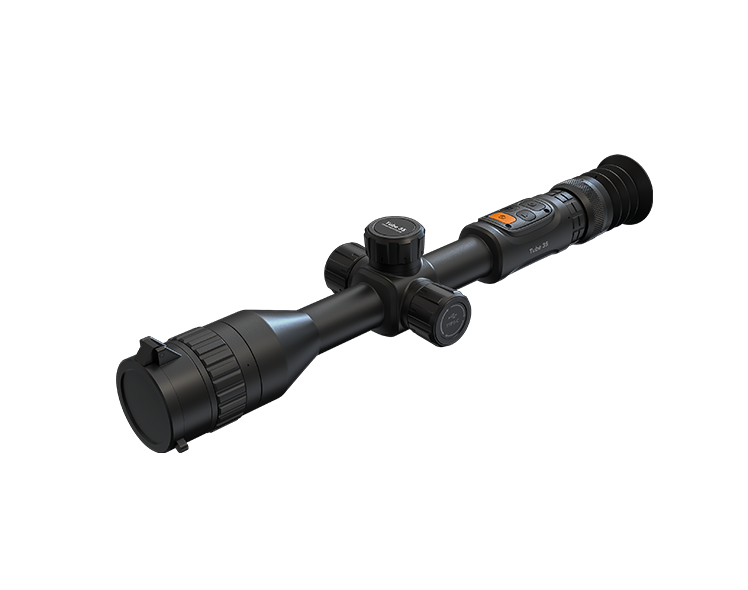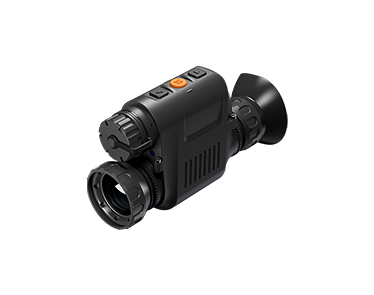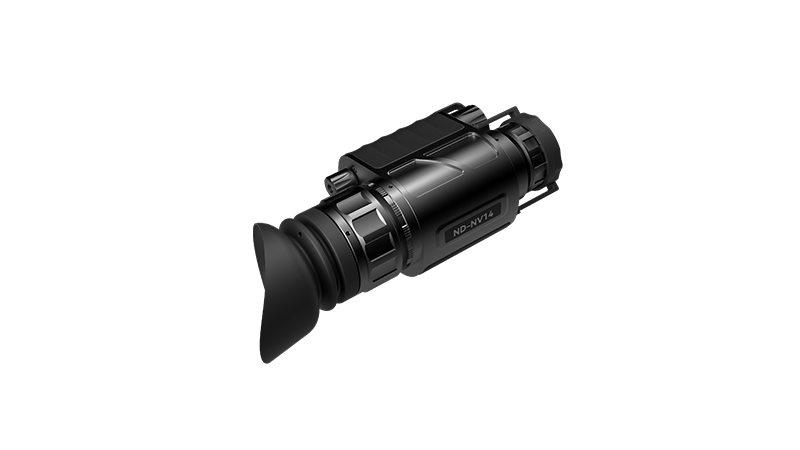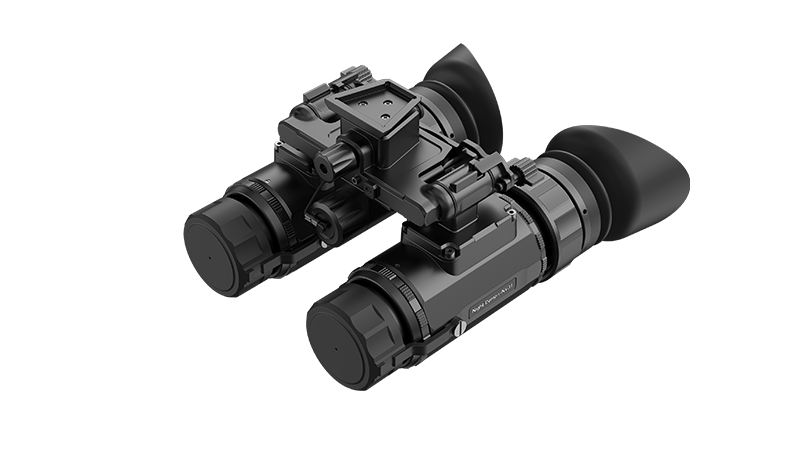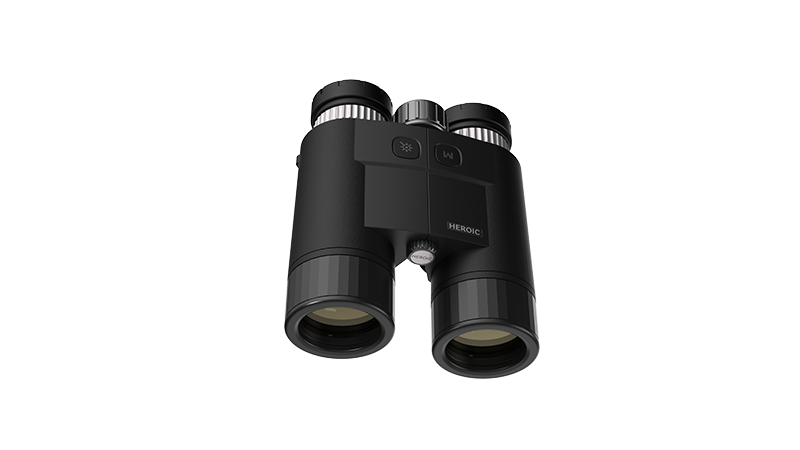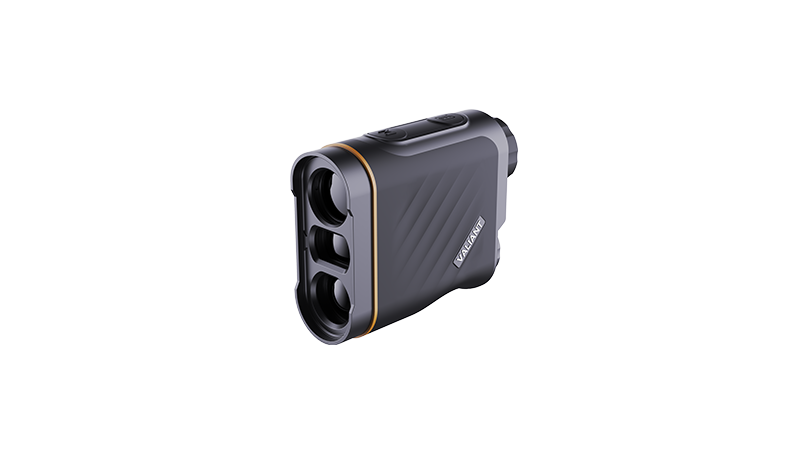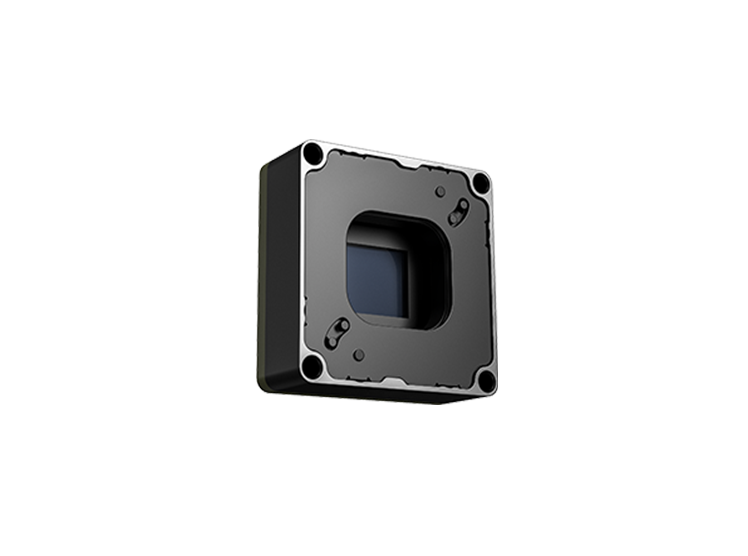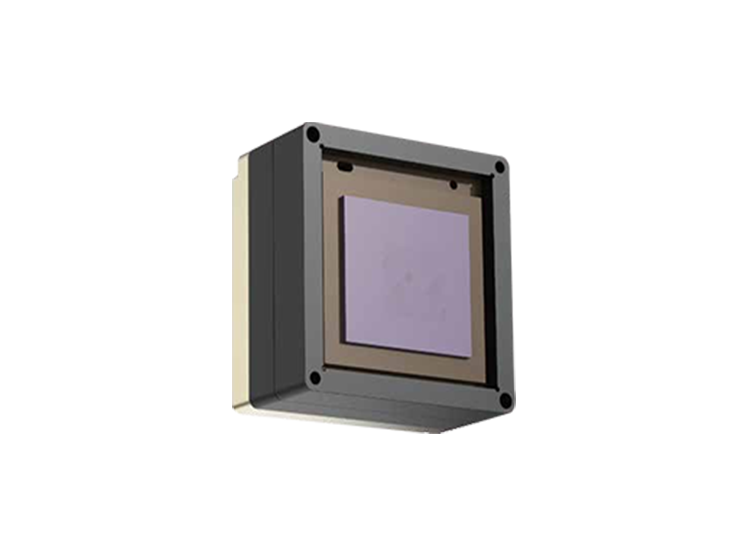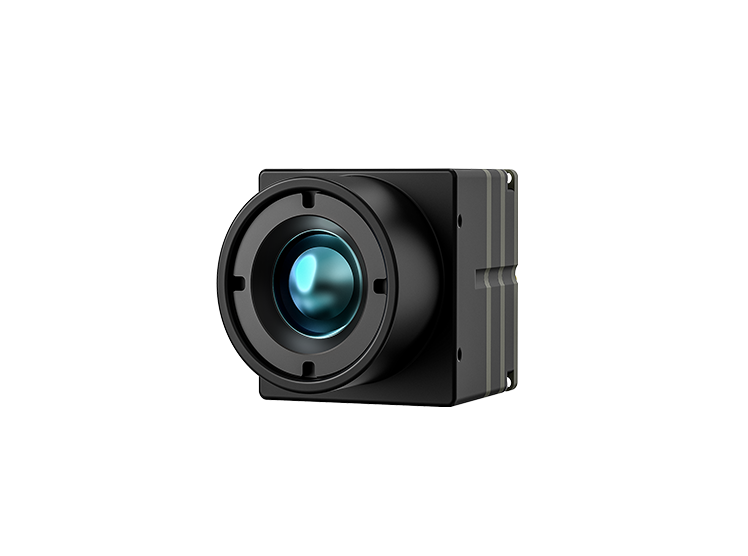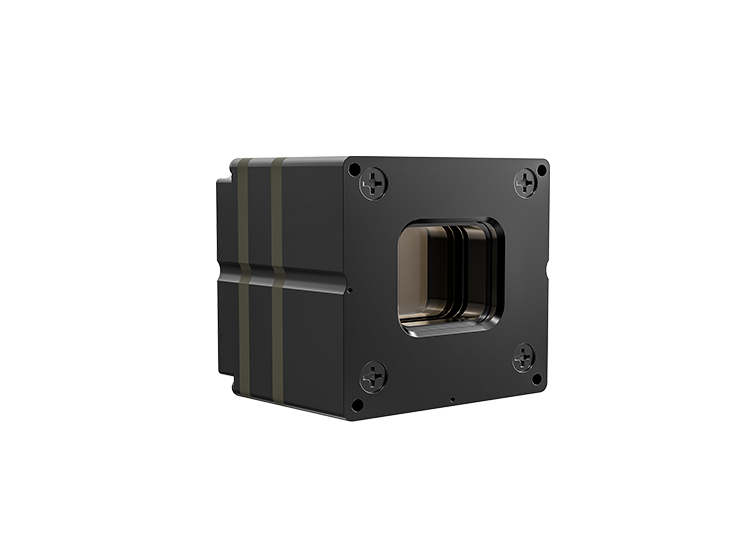The Role of Thermal Scopes in Wildlife Observation and Research
2025/09/11Thermal monoculars for hunting have transformed the way wildlife observation and research are conducted. By utilizing advanced infrared technology, these devices allow researchers and enthusiasts alike to gain insights into animal behavior, habitats, and population dynamics that were previously unattainable. This article explores the vital role of thermal hunting scope in enhancing wildlife research and observation efforts.
Enhanced Visibility in Varied Conditions
One of the primary advantages of using thermal monoculars for hunting and wildlife observation is their ability to operate effectively in low-light conditions. Unlike traditional optical equipment, which relies on visible light, thermal monoculars detect the heat emitted by living creatures. This unique capability enables observers to monitor wildlife during twilight hours or even at night, significantly expanding the time available for research activities. For instance, studying nocturnal species becomes much more feasible, providing valuable data on their behaviors and interactions that are essential for conservation efforts.
Improved Accuracy and Data Collection
Another critical benefit of using thermal monoculars for hunting purposes lies in their ability to enhance accuracy in data collection. Researchers can easily identify and track animals without disturbing their natural behavior, minimizing human impact on local ecosystems. This undisturbed observation is crucial for collecting accurate data about feeding patterns, mating behaviors, and other vital aspects of wildlife life cycles.
Thermal monoculars also facilitate distance measurement and identification, providing researchers with the tools needed to gather quantitative data efficiently. Such information can be invaluable for population studies, enabling conservationists to create effective management strategies based on solid evidence.
Versatile Applications in Research and Monitoring
Thermal monoculars for hunting are not only useful in direct observation but also play a role in broader ecological research and monitoring programs. These devices can assist in studying habitat preferences, migratory patterns, and even the impacts of climate change on wildlife distribution. Ecologists frequently utilize thermal imaging to collect data over large areas, mapping out animal hot spots and trends in population dynamics.
Moreover, the integration of technology such as hotspot tracking and real-time data transmission enhances the capabilities of thermal scopes. Researchers can share findings instantaneously with their teams, promoting collaboration and speeding up the analysis process.
Conclusion
In conclusion, thermal monoculars for hunting serve a vital role in wildlife observation and research by providing enhanced visibility, improving data collection accuracy, and offering versatile applications for ecological studies. These capabilities empower researchers and wildlife enthusiasts to conduct comprehensive and ethical observations, thereby contributing to the understanding and preservation of biodiversity.
At IRVOTEX, we are committed to supporting wildlife observation and research through our innovative products. Our Demon Series thermal scope is compact and lightweight while being feature-rich, equipped with 800g impact resistance, IP67 protection, and a 4-hour battery life. With a resolution of 384×288, hotspot tracking, and a picture-in-picture function, our thermal monocular for hunting provides the tools necessary for effective wildlife research and observation, ensuring users derive valuable insights into nature.
 +86 (028) 8535 5966
+86 (028) 8535 5966 +86 17323184180
+86 17323184180 irvotex@votinfrared.com
irvotex@votinfrared.com

